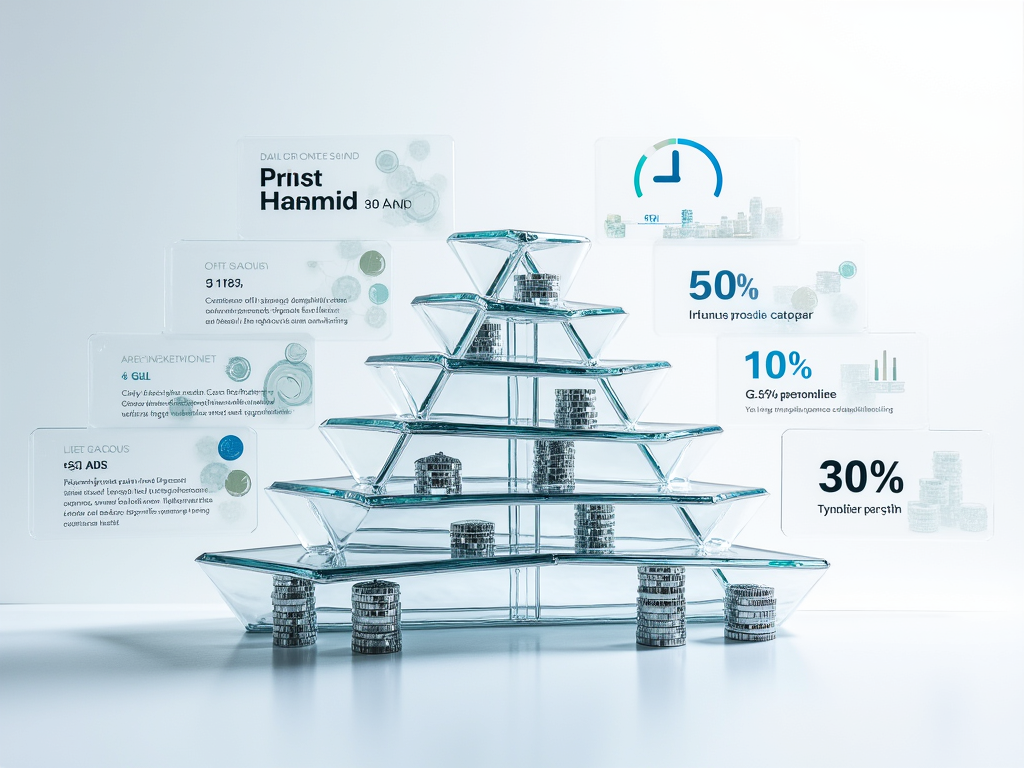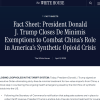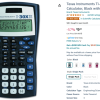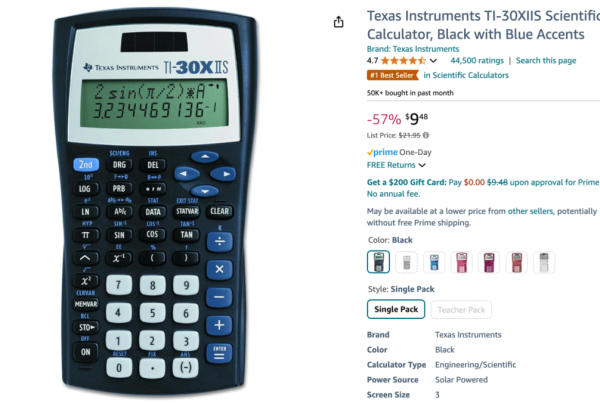High Success Product Selection Strategy for Earning $10K–$20K Monthly
Product selection might not sound glamorous, but it’s the foundation for everything that follows. Every decision you make about which products to sell directly affects your sales, competition level, and ultimately, whether you can thrive on Amazon. As a solo seller with limited funds and resources, you must use smart strategies and data analysis to understand product performance, shifting demand, and market trends. A misstep in product selection can result in losses ranging from tens of thousands to even hundreds of thousands of dollars.
In this guide, I’m sharing a proven, high-success strategy for product selection that I’ve tested myself. Read through and consider whether these ideas can work for you, and feel free to offer any suggestions.

1. Setting Your Product Selection Goals and Strategy
“Opportunities favor the well-prepared.”
Many solo sellers dive into product selection without a clear strategic mindset, thinking only along the lines of “I want to make money, this product has high profit margins, I’m interested in it, it looks promising.” However, relying solely on passion and gut feelings without a structured strategy is a mistake—every step in the selection process matters.
Define Clear Goals
- Monthly Net Profit Goal: $10K–$20K
- Monthly Sales Revenue: $15,000–$30,000 (given that Amazon’s net profit margin is typically around 10%)
In the early stages, you may need to focus on building volume to break even and secure a base profit. For example, if your target is to achieve this revenue, you might plan to launch 10 different ASINs. The challenge then becomes how to break down these 10 ASINs into workable segments.
Develop a Product Matrix
Divide your 10 ASINs into five categories that both capture Amazon’s traffic and meet the demands of American consumers:
- 3–5 Everyday Products: Items that sell year-round, unaffected by season or policy changes.
- 1–2 Seasonal Products: Products for summer, winter, or specific holidays like Christmas.
- 1–2 High-Profit Items: Use a pricing threshold: for items under $30, aim for a gross margin of at least 30%; for items over $30, a margin above 35% is preferable.
- 1–2 Potential Breakout Products: These are niche products you can nurture over time to eventually become best-sellers.
- 1–2 Support Products: Items that interest you, align with your supply chain advantages, or tie into trending topics on social media—but only after thorough product analysis.

2. Preliminary Product Screening Through Seller Analysis
There are many methods available for initial product screening. Some sellers use tools to set parameters and query best-sellers, while others analyze Amazon’s ABA data. However, as a new seller, you might not know how to set these parameters effectively. You could be tempted to randomly pick products, follow other sellers blindly, or rely on an assumed supply chain advantage.
I often use seller demographic analysis tools that segment Amazon sellers into twelve categories. This approach helps me identify opportunity products by aligning with different seller types. For instance, when selecting 3–5 everyday products, I refer to “sloth-type” sellers—those who consistently make a few sales each day without much fluctuation.
This method has saved time and energy while uncovering many long-tail products with low competition.
3. Market Analysis
After your initial screening, it’s essential to evaluate the product category in terms of:
- Demand Trends & Market Capacity: Understand how demand is shifting and gauge the overall market size and competition.
- Recent Product Listings: Monitor newly listed items, their pricing, customer reviews, and even return rates. Keep in mind that high return costs on Amazon can quickly deplete your resources.
- Seasonality: Check if the product has seasonal fluctuations. Timing is critical—if the peak season has just passed, it might be wise to wait.
- Profit Analysis: Remember, you’re in business to make money. Analyze profit margins, return rates, advertising budgets, and other often-overlooked factors.
There are many nuances to market analysis, so focus on the key elements that affect your bottom line.
4. Competitor Analysis
Once you’ve narrowed down your product ideas, perform a detailed competitor analysis:
- Price Distribution: Review the pricing of the top 100 products to determine the optimal price range.
- Sales Dominance: Assess whether the top-ranking product monopolizes the category or if the top 10 share the market.
- Fulfillment Method: Look for products sold by FBM (Fulfillment by Merchant). If FBM sellers are making sales, it indicates that FBA (Fulfillment by Amazon) might be a viable option.
- Listing Duration: Check how long competing products have been on the market.
- Traffic Sources: Identify the type of traffic driving competitor sales. Lower ad CPCs and niche, blue-ocean traffic can be promising signs.
- Promotion Strategies: Evaluate whether competitors rely on off-Amazon promotions, flash deals, or just paid advertising.
- Patent and Infringement Checks: Use tools to verify that the products don’t infringe on patents or intellectual property.
If you confirm that there’s no market monopoly, traffic is stable, and there are no legal issues, the product appears viable.
For critical steps like market and seller analysis, you can use platforms like Seller Chuanhai, which provide comprehensive product, seller, and category analysis to quickly assess product opportunities.

5. Feasibility Analysis
After market and competitor analysis, step back and evaluate the product through three key lenses:
- Willingness: Is this a product you’re interested in selling? Does it offer solid profit margins and ease of listing?
- Viability: Can you realistically succeed with this product over the next 3–5 years without it being disrupted? Consider regulatory hurdles like lithium batteries, liquids, powders, food, drugs, or certification requirements. Also, focus on long-tail products, which have a higher success rate for newcomers.
- Capability: Can you differentiate your product? Look for gaps in the market and choose competitors who are either on par with you or weaker. Run a cost simulation to ensure you won’t face cash flow issues.
6. Differentiation Analysis
Congratulations—if you’ve reached this point, you’ve found a promising product. Now, the next step is to differentiate it. Look for new materials, fresh angles, or alternative scenarios that can address various customer needs.
Avoid blind innovation. Instead, benchmark against competing products by studying their popular features, styles, and colors. Analyze customer reviews, especially the negative ones, to pinpoint pain points and areas for improvement. Use this insight to design a product that stands out in a crowded category and attracts more customers.
If you’re looking for more detailed differentiation methods, consider exploring additional articles on this topic for various dimensions and approaches.
Final Thoughts
Some may think this approach to product selection is overly cautious, complicating what should be a simple process. However, remember that the success rate for startups is roughly 1%–5%, while failure rates can range from 95% to 99%. This means that sellers with average resources have little room for error.
For a more in-depth look at market and competitor analysis or further differentiation techniques, feel free to reach out via the official customer service channel for additional discussions and insights.






